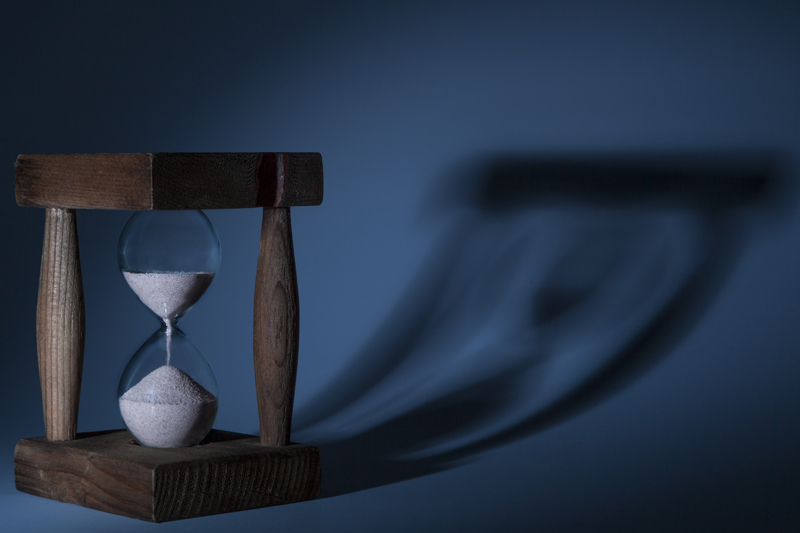If you want to understand more about New Orleans, its culture, and that of its home state Louisiana, then you need to understand the difference between the two cultures most associated with the city: Cajuns and Creoles. The Cajuns are historically French-speaking people originally from Atlantic Canada who were expelled by the British in the early 18th century. The Creoles, on the other hand, are a group of people descended from a mixture of colonial French, African American and Native American ancestry.
Now, why are we mentioning this? Well aside from making an interesting historical anecdote, it also highlights the importance of being able to distinguish between things that may appear to be similar, but are in fact very different. For example, when is a headache just a headache — or something more sinister? Or what about a cough, which could be a simple issue, or something more serious? The point is that it’s wise to arm yourself with knowledge, learn about Cajun and Creole cooking … and consider how a headache could indicate neurosyphilis or something even potentially worse.
A Really Good Time Causes a Really Big Problem
Look, we know we might be belaboring the point, especially as we did cover a syphilis-related poster yesterday — but given AAO is in New Orleans, it’s newsworthy to report a case study presented during Infectious Disease in Neuro-Ophthalmology: It’s Not Just COVID-19. Dr. Nancy J. Newman, LeoDelle Jolley Professor of Ophthalmology at Emory University School of Medicine (Atlanta, Georgia), reported on a 55-year-old man with bilateral disc edema, obesity, diabetes, hypertension and dry eye, who went to the Big Easy for, in the words of the study, “a really good time.”
Two months after his trip he presented to doctors with headaches, blurred vision and a respiratory infection, which led to a diagnosis of diabetes, as well as exacerbations of his other chronic conditions. A lumbar puncture was performed and a high level of nucleic cells (six) were discovered, however no active inflammation of the retina was noted, and yet, the doctors in his case noted vitreous cells and an RPR titer of 1.64. This led to a diagnosis of ocular and neuro-syphilis, as well as HIV.
Meanwhile, if you were an ophthalmologist at one of New Orleans’ hospitals, you’ll likely have to deal with cases of ocular trauma, perhaps caused by alcohol-fueled weekends. While traumatic injuries among adults is one thing; among children they are a more sobering subject. This was covered ably during Management of Pediatric Ocular Trauma, which included a number of fascinating presentations of various aspects on the subject. One of the highlights was Epidemiology of Eye Trauma in Children by Dr. Courtney L. Kraus, an assistant professor at the Wilmer Eye Institute of Johns Hopkins University (Bethesda, Maryland).
Dr. Kraus reported that the main causes of pediatric ocular trauma in different global regions can vary wildly. For example, in North America, firearm injuries are most common; whereas in East Asia, scissors are the main cause; and in Western Europe, pens and pencils are the main culprits. However, one common global trend is that boys are more likely to undergo ocular injury than girls, by a ratio of 70/30. Looking specifically at the United States, she noted that Black and Hispanic children are more likely to experience assault-related trauma; however, European-descended kids are more likely to experience accidental and self-inflicted trauma.
Just How Long Does Ocular Repair Take?

Open globe injuries are among some of the most common forms of ocular trauma and understanding the effect of time required to repair the eyes has on postoperative visual acuity is, of course, valuable. Effect of Time to Repair on Postoperative VA in Open Globe Injuries (guess we gave the game away there), offered some great insight into the issue, and you can view it under the category “cornea, external disease.” Led by Dr. Jared D. Peterson, an ophthalmologist based in Layton, Utah, researchers conducted a single-center, cross-sectional study on all patients with open globe injuries over a 2-year period.
All in all, 49 eyes were included, with 96 eyes (64%) pre-change and 52 eyes (35%) post-change. Time from presentation to surgery increased by 4.4 hours post-change (p= .0021), and only 8% of patients pre-change and 10% post-change had >10% worse vision (p = .74). The poster’s authors concluded that although time from injury to repair increased, there was no difference in best postoperative vision, and visual outcomes were not significantly worse when repair was delayed.
Now, whenever there’s a conference there’s usually a debate about something, whether that be controversial, or as infamous as a cucumber sandwich without crusts. Safety and Effectiveness of Microshunt vs. Trabeculectomy: Results From a 2-Year Randomized, Multicenter Study covered one of ophthalmology’s great ongoing debates and is available to view under the section under the “glaucoma” section. The poster’s authors, headed by Dr. Joseph F. Panarelli, an ophthalmologist at New York University Langone (New York, New York), examined patients with uncontrolled intraocular pressure (IOP) (≥15 to ≤40 mmHg) on maximum tolerated therapy were randomized to microshunt (MS) (n = 395) or trabeculectomy (n = 132).
The researchers found that success was lower with MS patients (50.6%) than with their trabeculectomy counterparts (64.4%). In the MS group, mean IOP decreased from 21.1 mmHg to 13.9 mmHg (−29.8%; p< .01) with a mean of 0.9 medications (baseline: 3.1). In the trabeculectomy group, mean IOP decreased from 21.1 mmHg to 10.7 mmHg (−46.2%; p< .01) with a mean of 0.4 medications (baseline: 2.9). This led them to conclude that trabeculectomy was more effective, however, both groups had IOP and medication reductions and serious complications were rare.
Keep your eyes peeled for more content coming your way from the third day of the AAO annual meeting, and if you’re there in New Orleans, remember this: Have fun, enjoy meeting people, and perhaps consider a curfew.




